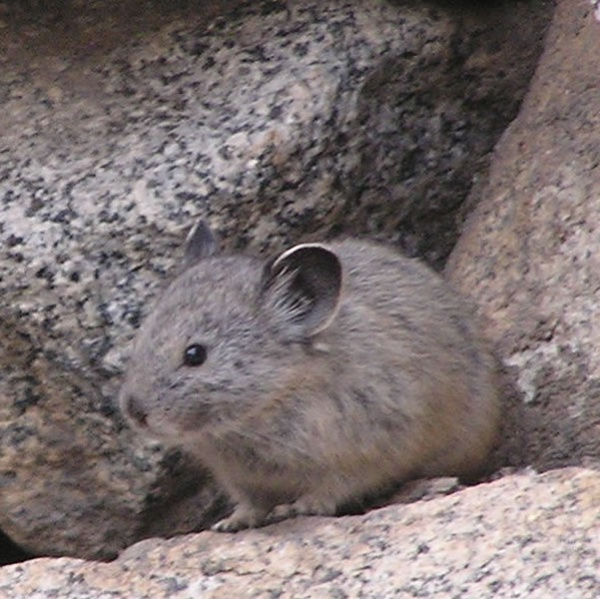Facts About Pika
Pikas are endearing, small mammals that inhabit the mountains of Asia and North America. With their short legs, round bodies, and absence of an external tail, they bear a resemblance to tiny rabbits. These creatures thrive on rocky slopes and primarily feed on plants such as grasses and flowers. Remarkably astute, pikas store food for the winter, ensuring they have sustenance during the cold months.
Often referred to as "whistling hares" due to their high-pitched alarm calls, the name "pika" originates from the Tungus word "piika" while their scientific name, "Ochotona" derives from the Mongolian word "ogdoi."
As herbivores, pikas consume a variety of plants. They have developed a unique method for maximizing nutrient intake, producing two types of feces to reabsorb essential nutrients. In terms of reproduction, pikas have small litters and a gestation period of approximately 25-30 days. They are most active during the day or at twilight and do not hibernate. Instead, they create haypiles to sustain themselves throughout the winter.
Communication is vital for pikas. They utilize specific calls to warn of predators, defend their territory, and attract mates. In their natural habitat, pikas can live up to seven years. There are 30 recognized species of pikas, each exhibiting distinct behaviors and habitat preferences. Fossil records have even uncovered extinct species of pikas in various locations.
Pikas boast a rich evolutionary history, first emerging in Asia during the late Eocene epoch and expanding across different continents. Their diversity reached its zenith during the early to middle Miocene period, although some species became extinct due to environmental changes, particularly the proliferation of C4 plants and global cooling.

 Myanmar (Burma)
Myanmar (Burma)